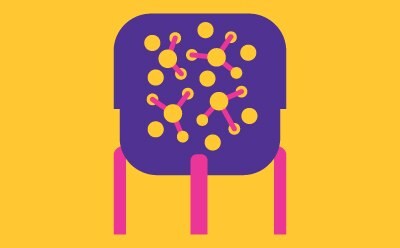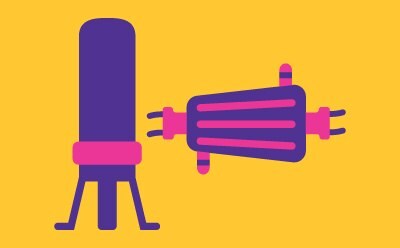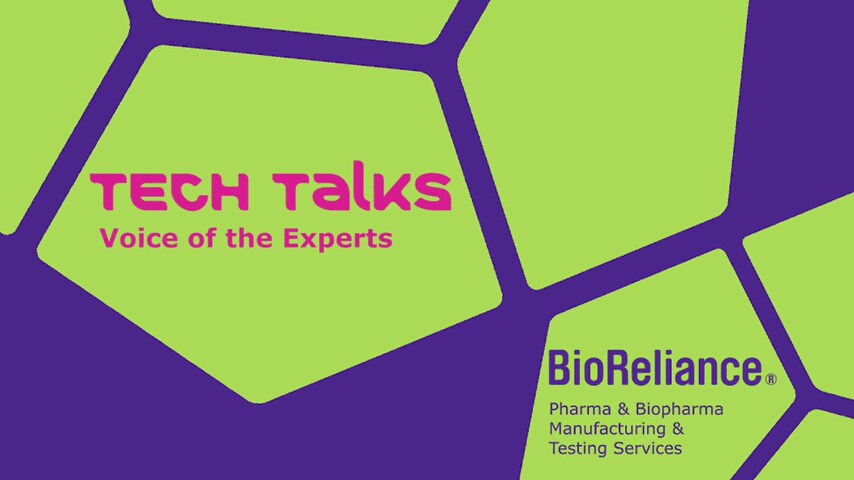mRNA Vaccines and Therapeutics Manufacturing

Advancing mRNA vaccines and mRNA therapeutics manufacturing together
The ability to deliver mRNA molecules into the cytosol of a patient cell offers possibilities for a new class of therapeutics to meet patient needs. The power of these versatile molecules to stimulate patient immune responses was clearly demonstrated with the success of COVID-19 vaccines.
Development of mRNA products is relatively straightforward and offers the possibility of rapid, scalable manufacturing using available technologies. The simplified manufacturing workflow through an enzymatic process minimizes the need for extensive process optimization and enables GMP facilities to quickly switch to new target mRNA products.
Request more information on the mRNA production process and the challenges in Process Development, Manufacturing or Formulation
Featured Categories
Explore Mobius® single-use mixing solutions for pharmaceutical ingredient blending and process solution preparation.
Elevate drug formulation: Explore our GMP-compliant buffer materials tailored for both small and large molecule drugs. Regulatory support included.
Enhance filtration with our advanced tangential flow systems. Minimized hold-up, high concentration, and impeccable recovery for varied applications.
Streamline your bioprocessing workflow: Explore our chromatography range for efficient purification. Resins, membranes, columns, and systems for every scale.
mRNA products, both therapeutics and vaccines, offer exciting possibilities for new patient treatments but require important considerations:
- Reliable DNA Template for mRNA Production:
mRNA production begins with generation of a purified plasmid DNA (pDNA) template. Efficient pDNA separation relies on high-quality chemicals for bacterial cell lysis and purification of pDNA from impurities that could impact mRNA production. mRNA generation from the pDNA template depends on high-quality chemicals and reagents for plasmid linearization, in-vitro transcription, and end capping of the RNA.
- Optimized mRNA Purification to Maximize mRNA Yield and Recovery:
Downstream purification removes endotoxins and nucleic acid impurities that impact RNA stability and induce immune responses in patients. mRNA manufacturers commonly rely on tangential flow filtration (TFF), reverse-phase ion-pair, anion exchange (AEX), hydrophobic interaction chromatography (HIC), and affinity chromatography using poly(dT) capture to purify mRNA while maximizing yield and recovery. Easy access to high-quality downstream equipment and chemicals is key to minimizing degradation and establishing an efficient purification process.
- Efficient mRNA Delivery with Lipid Nanoparticles:
Lipid nanoparticles (LNPs) protect mRNA from degradation and enable efficient delivery of the molecule when administered to patients. The right lipid type, source, and quality for the LNP needs to be carefully selected based on the delivery route to achieve the desired biodistribution and efficacy profile.
- Dedicated Support for Risk Assessment and Regulatory Compliance:
An important aspect of new product development is to navigate the regulatory framework, manage risks, and improve manufacturing processes. Reliable technical and regulatory information coupled with a well characterized and transparent supply chain minimizes risk, simplifies risk assessment, and accelerates speed to market.
For high-quality raw materials for mRNA manufacturing and LNP formulation explore also our brochure.
Visit our document search for data sheets, certificates and technical documentation.


Purify
Achieve yield, efficiency and mRNA recovery goals while ensuring robust impurity removal.
mRNA Synthesis and Purification
Learn how a broad portfolio of high-quality products coupled with the right analytics and testing strategy assures success in mRNA production.
Tangential Flow Filtration (TFF) Holders & Systems
Single-use TFF Device for Excellent Product Retention, Recovery, and High Yields
In-vitro Transcription and Enzymatic Reactions with Mobius® Single-use Mixers
Chromatography Systems for Bioprocessing

Formulate
High-quality excipients, custom and portfolio lipid options, single-use solutions, and tailored services support the formulation of the mRNA drug product.
Synthetic Lipids for Pharmaceutical Applications
Excipients for Injectable and Parenteral Formulations
Encapsulation and Formulation with Single-Use Mixers

Final Sterile Filtration & Filling
Reliable and robust sterile filtration, formulation, and final filling of the mRNA vaccine is essential to ensure patient safety.
Single Use Fill-Finish Solutions

Analytics Software & PAT Technology
Process analytical technology (PAT) and analytics software can be used to build quality into various manufacturing processes including mRNA vaccine manufacturing by monitoring and controlling the process.
PAT: Build Quality into Biopharmaceutical Processes with Real-Time Monitoring and Control

Compliance and Control
The Emprove® Program complements our broad product and chemicals portfolio with convenient access to reliable technical, regulatory and supply information in Emprove® Dossiers to support your risk assessment continuum and compliance requirements.
Related Articles
- mRNA technology offers therapeutic versatility; its delivery systems induce protein production for various applications.
- Cost Modeling Vaccine Manufacturing: Estimate Production Costs for mRNA and other Vaccine ModalitiesA custom-designed cost model is used to explore the economics of vaccine manufacturing across several different modalities including mRNA. The model enables greater process understanding, simulates bottlenecks, and helps to optimize production efficiency.
- A cost-model compares modalities like viral vectors and mRNA for production scale decision-making.
- Understand how mRNA vaccines induce immunity. and read how synthetic mRNA is prepared for vaccine immunogens and other biopharmaceuticals. Find reagents for synthesis of mRNA.
- Free eBook outlines plasmid DNA manufacturing process and downstream purification challenges for various applications.
- See All (4)
Find More Articles and Protocols
How Can We Help
In case of any questions, please submit a customer support request
or talk to our customer service team:
Email [email protected]
or call +1 (800) 244-1173
Additional Support
- Chromatogram Search
Use the Chromatogram Search to identify unknown compounds in your sample.
- Calculators & Apps
Web Toolbox - science research tools and resources for analytical chemistry, life science, chemical synthesis and materials science.
- Customer Support Request
Customer support including help with orders, products, accounts, and website technical issues.
- FAQ
Explore our Frequently Asked Questions for answers to commonly asked questions about our products and services.
To continue reading please sign in or create an account.
Don't Have An Account?










